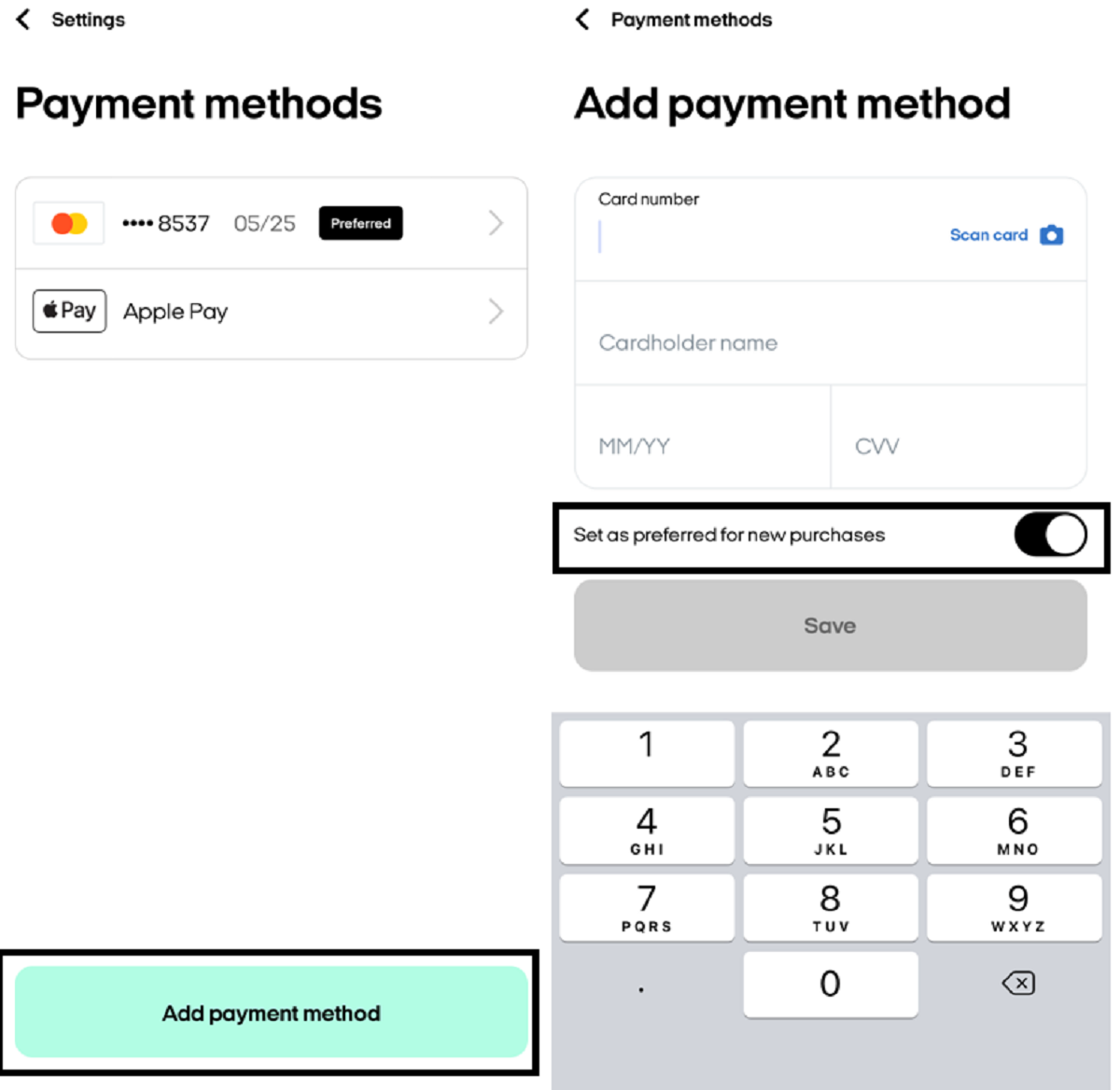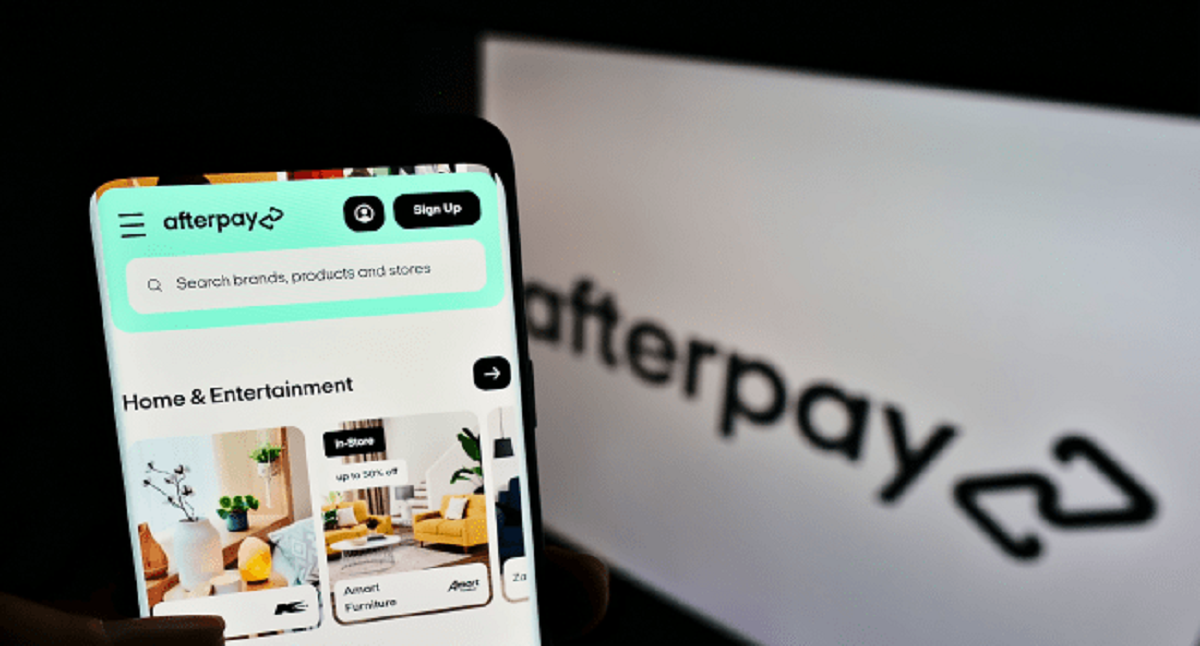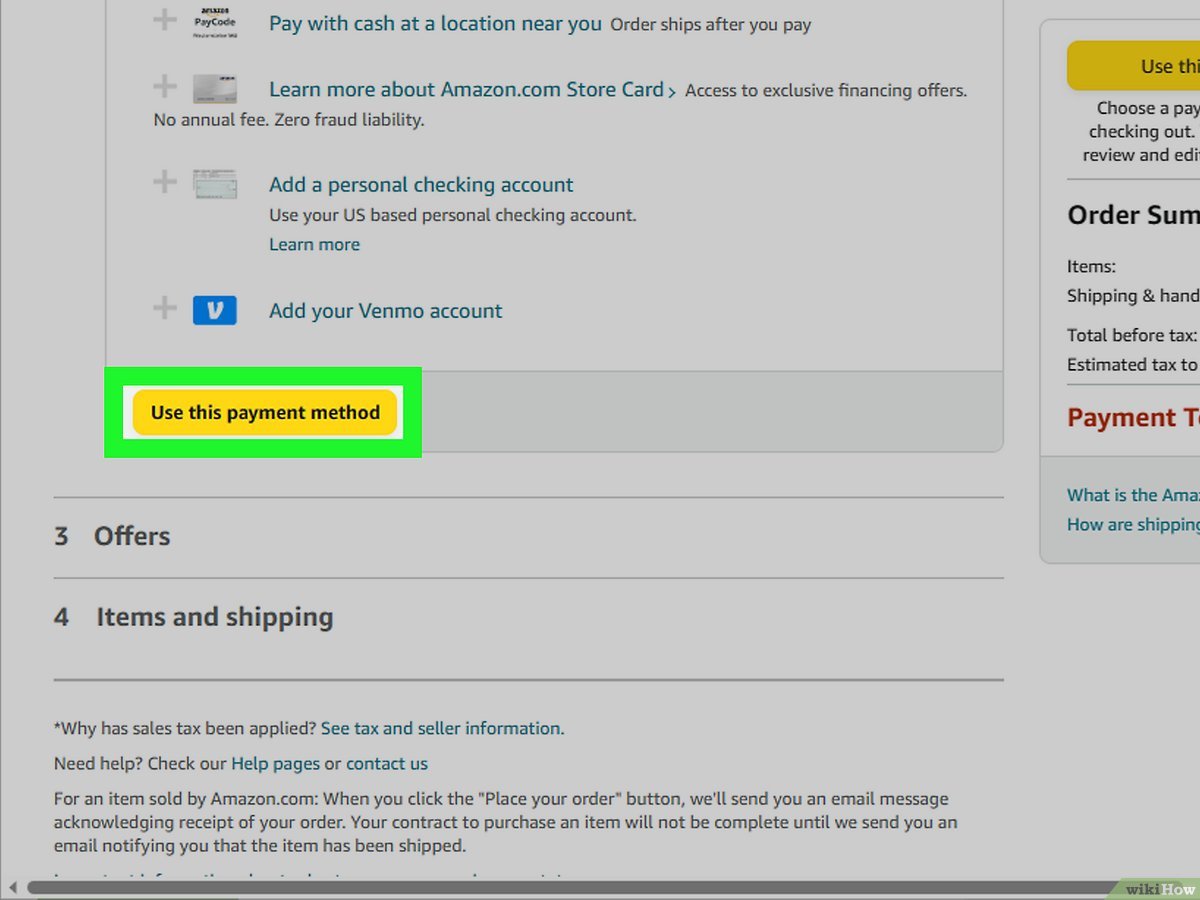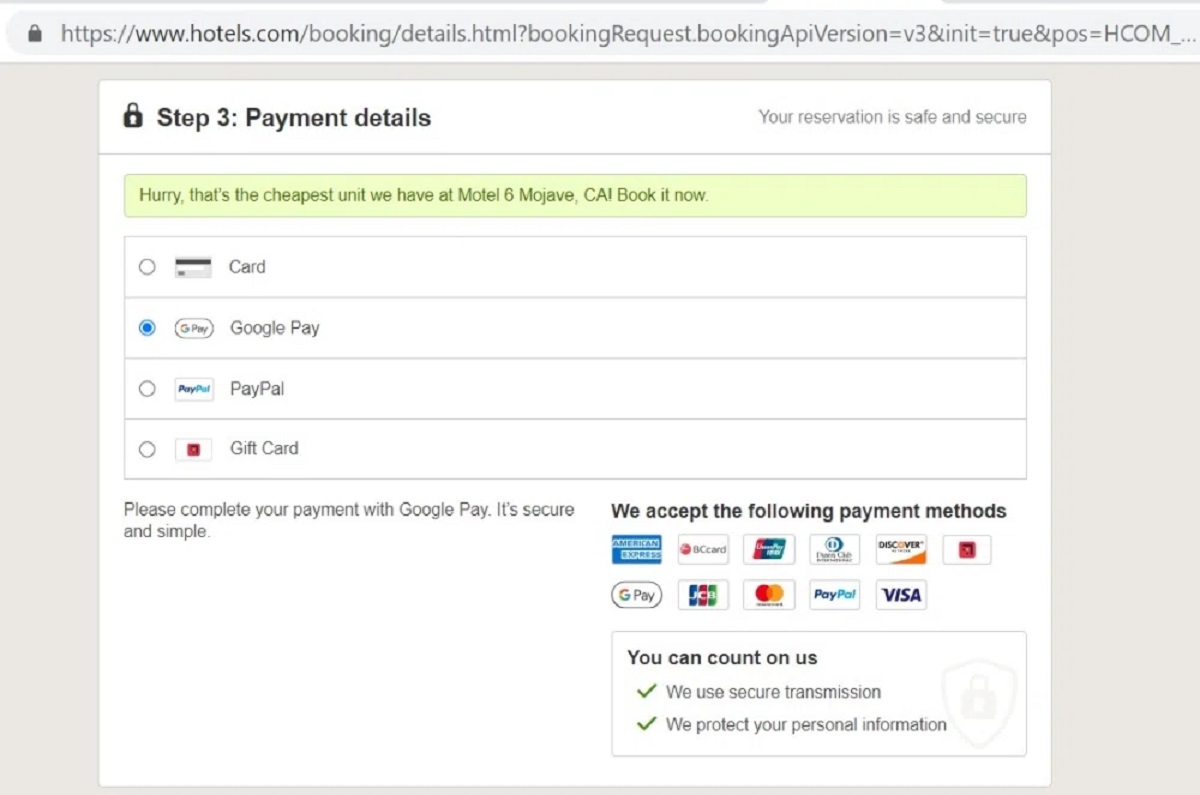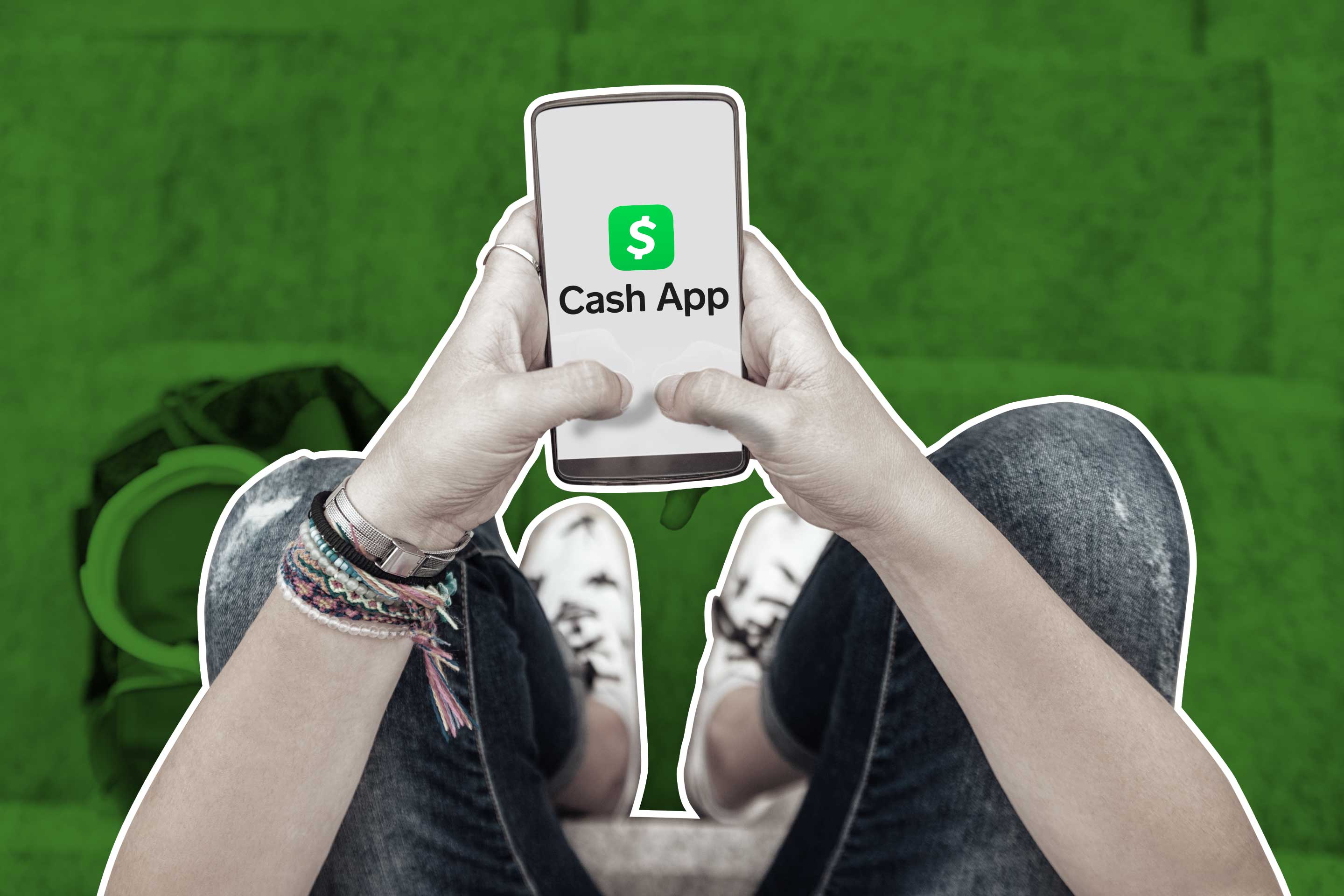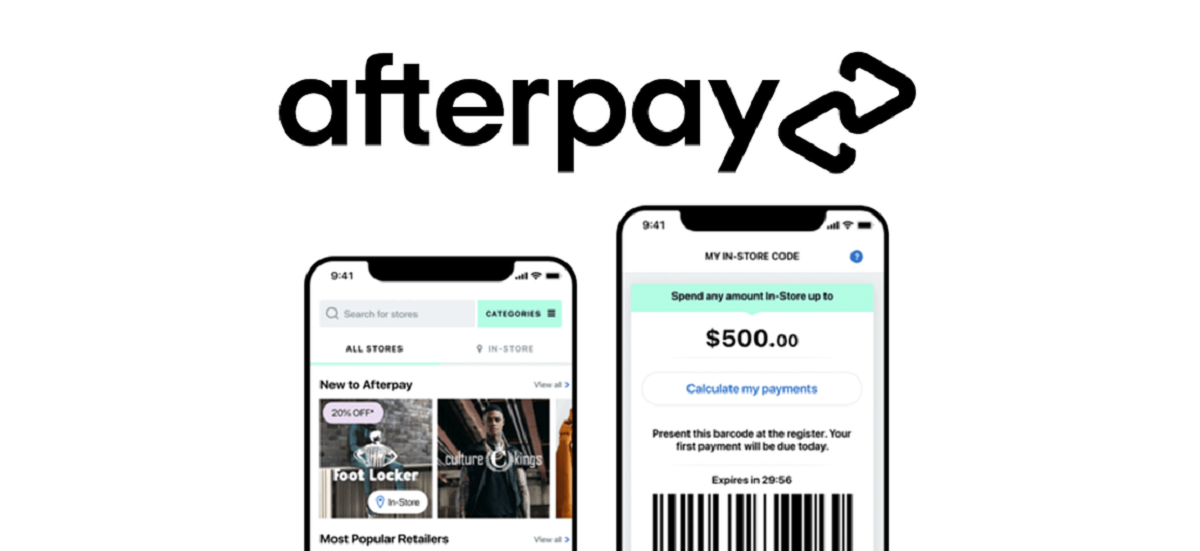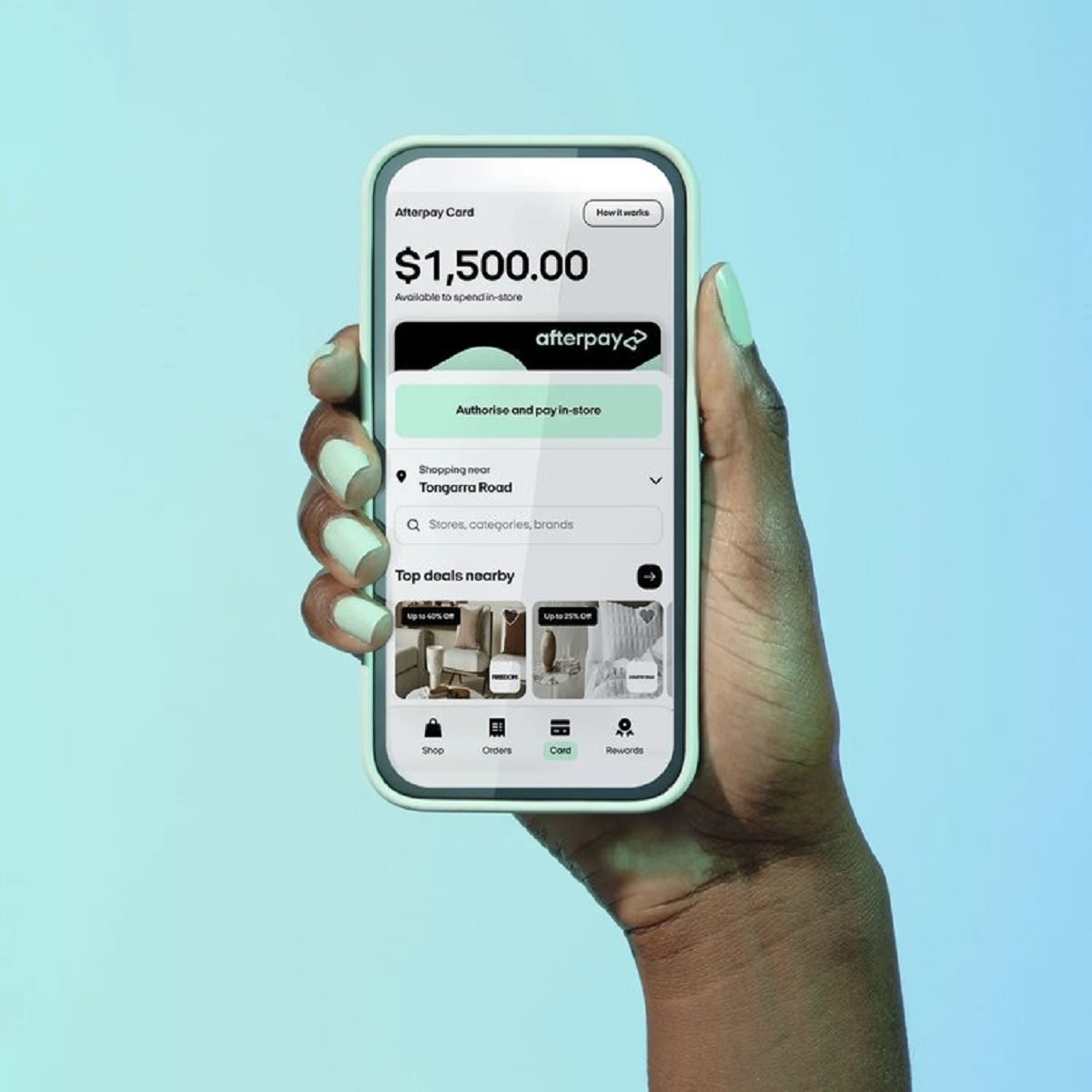Why Won’t Afterpay Accept My Card
When shopping online, you may occasionally encounter issues with Afterpay not accepting your card. This can be frustrating, especially when you’re eager to make your purchase. However, there are several reasons why Afterpay might not accept your card, and understanding these can help you resolve the issue. Here are some of the most common reasons:
-
Incorrect Card Information
One possible reason why Afterpay won’t accept your card is if the information you entered is incorrect. Double-check the card number, expiration date, and CVV to ensure that you’ve entered the correct details.
-
Card Not Supported by Afterpay
Afterpay works with a wide range of credit and debit cards, but there are certain cards that may not be supported. Check the Afterpay website or app to see if your card is listed among the accepted payment methods.
-
Credit Limit Issues
Another possibility is that your card has reached its credit limit. If you’re attempting to make a purchase that exceeds your available credit, Afterpay may decline the transaction. Consider paying off some of your balance or contacting your card issuer to increase your credit limit.
-
Expired or Invalid Card
If your card has expired or is no longer valid, Afterpay won’t be able to process the payment. Make sure your card is up to date and hasn’t expired before attempting to use it with Afterpay.
-
Payment Method Restrictions
Afterpay may have certain restrictions on payment methods. For example, some merchants may only accept certain types of cards or may not accept prepaid cards. Check if the merchant you’re purchasing from has any specific payment method requirements.
-
Technical Glitches or System Errors
Occasionally, technical glitches or system errors can occur that prevent Afterpay from accepting your card. In such cases, it’s advisable to try again later or contact Afterpay’s customer support for assistance.
-
Outstanding Payments or Past Issues
If you have any outstanding payments with Afterpay or if there have been past issues with your account, it can affect your ability to use your card with Afterpay. Make sure all payments are up to date and resolve any past issues before attempting to use Afterpay again.
-
Fraud Prevention Measures
Afterpay has robust fraud prevention measures in place to protect both the consumer and the merchant. If your card triggers any of these measures, such as suspicious activity or multiple failed payment attempts, Afterpay may block the card temporarily. Contact Afterpay support to resolve the issue.
In summary, there are various reasons why Afterpay may not accept your card. Ensure that you’ve entered the correct card information, check if your card is supported by Afterpay, and verify that your card is not expired or invalid. Additionally, consider credit limit issues, payment method restrictions, and any outstanding payments or past issues. Finally, be aware of potential technical glitches and fraud prevention measures that could affect your card’s acceptance. By addressing these factors, you can increase the likelihood of Afterpay accepting your card for future purchases.
Introduction
Online shopping has become a convenient and popular way to shop for a wide range of products. With the rise of e-commerce platforms, consumers now have access to countless retailers and payment options to make their purchases. One such payment option is Afterpay, a service that allows shoppers to buy now and pay later in installments.
However, you may have encountered a frustrating situation where Afterpay refuses to accept your card. It can be confusing and inconvenient, especially when you’re excited about making a purchase. So, why won’t Afterpay accept your card?
In this article, we’ll explore the possible reasons why Afterpay may reject your card and offer insights to help you understand and resolve the issue. By familiarizing yourself with these reasons, you’ll be better equipped to address the problem and successfully complete your transactions.
We’ll dive into a variety of factors that could be causing the issue. It could be as simple as entering incorrect card information or encountering compatibility issues between Afterpay and your card issuer. Alternatively, there might be restrictions or limitations on your payment method that you’re unaware of. Technical glitches or system errors can also hinder Afterpay’s ability to accept your card.
Moreover, factors like outstanding payments, expired or invalid cards, and credit limit issues can impact whether Afterpay accepts your card. It’s also important to consider Afterpay’s fraud prevention measures, which aim to protect both you as a customer and the merchants you’re transacting with.
By understanding the potential reasons behind Afterpay’s refusal, you’ll be able to take appropriate action to resolve the issue and enjoy the convenience of using Afterpay for your online purchases without any disruptions.
Incorrect Card Information
One of the most common reasons why Afterpay may not accept your card is if you’ve entered incorrect card information during the checkout process. Even a minor error in the card number, expiration date, or CVV can result in a failed transaction.
It’s essential to double-check the information you’ve entered to ensure its accuracy. Start by verifying the card number, making sure that all digits are correct and in the right order. Pay attention to any spaces or special characters that may be required or prohibited.
Next, confirm the expiration date of your card. Ensure that you’ve entered the correct month and year. It’s worth noting that some online systems may require the expiration date in the MM/YY format, so be sure to follow the specified format.
Lastly, check the CVV or security code. This three-digit number typically located on the back of the card acts as an additional layer of security. Make sure you’ve entered the CVV correctly, as any mistakes can lead to a rejected transaction.
If you’re uncertain about any of the card information, take the time to retrieve your card and cross-reference the details. It’s crucial to input the information precisely as it appears on the card to increase the chances of Afterpay accepting your payment method.
Furthermore, it’s worth checking if your browser’s autofill feature or copy-pasting the card information has caused any formatting or input errors. Manually entering the card details can help eliminate any potential issues introduced by autofill or copy-paste functions.
By carefully reviewing and ensuring the accuracy of the card information, you can minimize the likelihood of Afterpay rejecting your card due to incorrect details. Taking this simple step can save you time and frustration and make the checkout process smoother and more successful.
Card Not Supported by Afterpay
Although Afterpay supports a wide range of credit and debit cards, there may be instances where your specific card is not accepted by their system. It’s essential to understand that Afterpay has partnerships with certain card networks and only accepts cards issued by those networks.
To determine if your card is supported by Afterpay, you can visit their website or check within the Afterpay mobile app. Look for the section that outlines the accepted payment methods. This information will provide clarity on whether your card can be used with Afterpay for making purchases.
If you find that your card is not listed among the accepted payment methods, you may need to consider alternative payment options or explore the possibility of obtaining a card that is compatible with Afterpay.
Keep in mind that Afterpay continually updates its list of supported cards, so if your card is currently not accepted, it may become compatible in the future. Stay informed by regularly checking the Afterpay website or app for any updates on supported payment methods.
Additionally, if you have multiple cards, you can consider using a different card that is accepted by Afterpay for your online transactions. This allows you to continue using Afterpay’s convenient payment service while ensuring compatibility with their system.
If your preferred card is not currently supported by Afterpay and you’re unable to use an alternative card, you may want to reach out to Afterpay’s customer support to inquire about any upcoming plans to expand their accepted card networks. They may be able to provide you with additional information or suggest alternative payment options that could meet your needs.
Remember, card acceptance is determined by Afterpay’s agreements with card networks and financial institutions. While it can be disappointing to find that your card is not supported, understanding this limitation can help you explore alternative payment methods and ensure a smooth and hassle-free purchase experience.
Credit Limit Issues
If Afterpay is not accepting your card, one possible reason could be that you’ve reached your credit limit. Afterpay requires that you have enough available credit on your card to cover the transaction amount.
Each credit card has a set credit limit, which represents the maximum amount you can borrow or spend using that card. If you’ve already utilized a significant portion of your available credit or if the purchase amount exceeds your credit limit, Afterpay may decline the transaction.
To address this issue, the first step is to review your credit card statement or contact your card issuer to determine your current credit limit. If you find that you’re close to or have reached the limit, it may be necessary to make a payment to reduce your outstanding balance.
By paying down your balance, you’ll free up available credit and increase your chances of Afterpay accepting your card for future transactions.
Another option is to contact your card issuer and request an increase in your credit limit. This can be especially beneficial if you frequently use Afterpay for your shopping needs. Keep in mind that the approval for a credit limit increase will depend on your creditworthiness and the policies of your card issuer.
It’s important to note that increasing your credit limit should be done responsibly. Only request an increase if you have a clear understanding of your financial situation and can manage additional credit responsibly.
Additionally, ensure that you’re aware of any potential fees or charges associated with credit limit increases. Some card issuers may impose fees or require an evaluation of your creditworthiness before granting an increase.
By monitoring your credit limit and managing your card balance, you can proactively avoid credit limit issues that may lead to Afterpay refusing your card. Maintaining a healthy credit utilization ratio will not only improve your chances of getting approved by Afterpay but also contribute to a positive credit history overall.
Expired or Invalid Card
If Afterpay is not accepting your card, one possible reason could be that your card has expired or is no longer valid. Card expiration dates are put in place as a security measure and indicate the month and year when your card becomes invalid for use.
To resolve this issue, check the expiration date on your card. Ensure that you’ve entered the correct month and year when making the payment. Even a small error in the expiration date can result in Afterpay rejecting your card.
If your card has indeed expired, you will need to obtain a new card from your card issuer. Most financial institutions automatically issue replacement cards before the old one expires, so make sure to keep an eye out for any correspondence from your card issuer regarding a new card.
Alternatively, if your card issuer offers the option, you may be able to request a card renewal online or by contacting their customer service. This will provide you with a new card that can be used for Afterpay and other online purchases.
In addition to expiration dates, make sure that your card is still in an active status. Some cards may become invalid if they have been reported lost or stolen, or if they have been closed due to inactivity.
If you believe your card is still valid and not expired or inactive, but Afterpay continues to reject it, it’s advisable to contact your card issuer directly. There may be underlying issues with your card that only your card issuer can address and resolve.
Keep in mind that it’s essential to update your payment information with Afterpay whenever you receive a new card. This ensures that Afterpay has the most accurate and up-to-date information to process your payments smoothly.
By checking the expiration date, ensuring the card is active, and promptly renewing any expired cards, you can overcome the obstacle of Afterpay rejecting your card due to expiration or invalidity. This will enable you to continue enjoying the convenience of Afterpay for your online shopping needs.
Payment Method Restrictions
When using Afterpay, it’s important to be aware that there may be specific payment method restrictions imposed by certain merchants. These restrictions can vary depending on the merchant’s policies or agreements with Afterpay.
Some merchants may only accept certain types of cards or payment methods when using Afterpay. For example, they may only allow credit cards and not accept debit cards or prepaid cards. It’s advisable to review the payment options specified by the merchant before attempting to make a purchase with Afterpay.
If you find that the merchant’s payment method restrictions are causing Afterpay to reject your card, consider using an alternative payment method. This could involve using a different card that meets the merchant’s requirements or choosing a different payment method altogether, such as PayPal or another supported digital wallet.
It’s worth noting that Afterpay continues to expand its partnerships and integrations with various payment providers. This means that more merchants may accept a wider range of payment methods through Afterpay in the future.
If you encounter payment method restrictions with Afterpay and your preferred or primary card is not accepted, you may want to consider reaching out to the merchant’s customer support to inquire about alternative payment options or to express your interest in more inclusive payment methods.
Understanding the payment method restrictions imposed by merchants can help you navigate the Afterpay payment process more effectively. By being aware of these restrictions and exploring available alternatives, you can increase your chances of successfully using Afterpay for your online purchases.
Technical Glitches or System Errors
Despite Afterpay’s robust technology infrastructure, there may be instances where technical glitches or system errors occur, leading to the rejection of your card. These issues can be temporary and typically result from technical difficulties on Afterpay’s end or disruptions in the payment processing system.
If you’ve entered your card details correctly and are certain that your card is valid and in good standing, but Afterpay still refuses to accept it, there’s a possibility that a technical issue is causing the problem.
In such cases, it’s advisable to try again later. Temporary technical glitches can occur due to system updates, heavy user traffic, or other technical malfunctions. Waiting for some time and attempting to use Afterpay again can often resolve the issue.
If the problem persists, it may be helpful to clear your browser cache and cookies. This can refresh your browsing session and potentially resolve any temporary issues related to storing and accessing payment information.
In the event that you continue to experience difficulties after trying the above steps, it’s recommended to reach out to Afterpay’s customer support. They have dedicated teams to address technical issues and can provide guidance and assistance in resolving the problem.
When contacting customer support, be prepared to provide relevant details about your specific issue, such as the error message received, the steps taken during the transaction, and any other pertinent information that may help the support team diagnose and address the problem effectively.
It’s important to note that while technical glitches and system errors are inconvenient, they are typically temporary and not within your control. By remaining patient and following the necessary troubleshooting steps, you can often overcome these issues and continue using Afterpay for your online purchases.
Outstanding Payments or Past Issues
One possible reason why Afterpay may refuse to accept your card is if you have any outstanding payments or unresolved issues with Afterpay from previous purchases. Afterpay expects users to fulfill their payment commitments and maintain a good standing with the service.
If you have missed payments or have unpaid balances on your Afterpay account, it can negatively impact your ability to use Afterpay for future transactions. In such cases, Afterpay may decline your card until the previous issues are resolved.
To address this, it’s important to review your Afterpay account and ensure that all outstanding payments are promptly made. Log in to your Afterpay account or use the Afterpay mobile app to check for any unpaid installments or overdue amounts.
If you discover any outstanding payments, make the necessary payment as soon as possible to bring your account up to date. This will not only improve your chances of Afterpay accepting your card but also prevent any negative impact on your credit history or future use of Afterpay.
If you’re unsure about the outstanding payments or past issues with Afterpay, it’s advisable to directly contact their customer support. They can provide you with details about any outstanding amounts and guide you through the process of resolving the issue.
By proactively addressing any outstanding payments or past issues with Afterpay, you can restore your account to good standing and ensure that your card is accepted for future transactions. Maintaining a positive payment history will also enhance your overall relationship with Afterpay and increase your eligibility for using the service.
Fraud Prevention Measures
Afterpay takes fraud prevention very seriously to protect both consumers and merchants from fraudulent activities. Sometimes, these measures can lead to Afterpay rejecting your card due to security concerns or suspicious activity.
If Afterpay detects any unusual patterns, multiple failed payment attempts, or suspicious activity with your card, they may temporarily block the card as a preventive measure. This is done to protect your financial information and prevent unauthorized use of your card.
If you encounter issues where Afterpay consistently rejects your card and you suspect it may be due to fraud prevention measures, it is recommended to contact Afterpay’s customer support. They can provide further information and assist you in resolving any security concerns associated with your card.
Additionally, it’s important to ensure that you’re using your card within the authorized parameters. Avoid sharing your card details with unauthorized individuals, and be cautious when entering your card information on unfamiliar or suspicious websites.
Regularly monitor your card statements and transaction history for any unauthorized charges or suspicious activity. If you notice any suspicious transactions, contact your card issuer immediately to report the fraudulent activity and initiate appropriate actions to protect your card and financial information.
By being vigilant and taking proactive measures to protect your card and personal information, you can minimize the likelihood of running into issues with Afterpay’s fraud prevention measures. This will help ensure the smooth and secure use of your card with Afterpay for your online purchases.
Conclusion
Encountering issues with Afterpay not accepting your card can be frustrating, but understanding the potential reasons behind it can help you navigate and overcome the problem. In this article, we explored several common factors that can lead to Afterpay rejecting your card.
We discussed the importance of checking and entering correct card information, ensuring that your card is supported by Afterpay, and reviewing your credit limit to avoid exceeding it. We also mentioned how expired or invalid cards can result in rejection and the presence of payment method restrictions imposed by certain merchants.
Technical glitches and system errors can also contribute to Afterpay not accepting your card, but they are generally temporary in nature. We highlighted the significance of resolving any outstanding payments or past issues with Afterpay and the potential impact of fraud prevention measures on card acceptance.
By familiarizing yourself with these reasons and taking appropriate actions, such as verifying card information, exploring alternative payment methods, or contacting customer support for assistance, you can overcome the challenges and continue using Afterpay for your online shopping needs.
Remember, Afterpay strives to provide a secure and convenient payment service, and sometimes card rejections are necessary to ensure user safety and prevent fraudulent activities. By staying proactive, keeping track of your card activity, and maintaining a positive payment history, you can mitigate card rejection issues in the future.
So, the next time Afterpay refuses to accept your card, don’t feel discouraged. Assess the possible reasons behind it and take the appropriate steps to resolve the issue. By doing so, you can enjoy the convenience and flexibility of Afterpay while making your online purchases.







